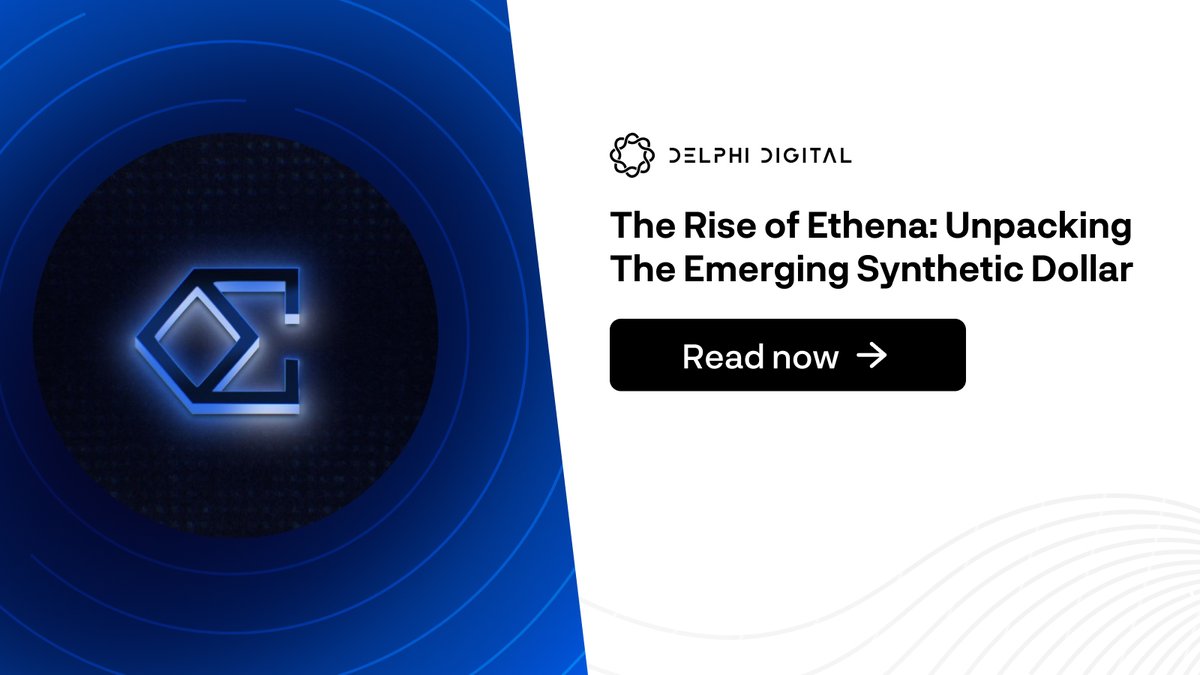Arbitrum’s Timeboost Auction ⚖️
Timeboost, @arbitrum's new transaction sequencing policy, replaces first-come-first-serve with an auction for transaction priority.
Winners access an "express lane" with a 200ms advantage for transaction inclusion. This shifts competition from latency to strategic bidding and prediction.
Arbitrum uses first-come-first-serve (FCFS) transaction ordering based on sequencer arrival.
This enables fast blocks and reduces frontrunning, but it has drawbacks:
🔹 MEV capture relies on latency races, spurring infrastructure arms races
🔹 Searchers capture most MEV, leaving little for users, projects, and the DAO
🔹 Incentivizes transaction spamming, risking network congestion
In the other hand, Timeboost auctions are held every minute for next-minute express lane control:
Auctioneer accepts bids for 45 seconds, with 15 seconds for resolution. Minimum bid: 3 $ARB or 0.001 $ETH (DAO decision). Limit: 5 bids per address per round. 👇
Timeboost, @arbitrum's new transaction sequencing policy, replaces first-come-first-serve with an auction for transaction priority.
Winners access an "express lane" with a 200ms advantage for transaction inclusion. This shifts competition from latency to strategic bidding and prediction.
Arbitrum uses first-come-first-serve (FCFS) transaction ordering based on sequencer arrival.
This enables fast blocks and reduces frontrunning, but it has drawbacks:
🔹 MEV capture relies on latency races, spurring infrastructure arms races
🔹 Searchers capture most MEV, leaving little for users, projects, and the DAO
🔹 Incentivizes transaction spamming, risking network congestion
In the other hand, Timeboost auctions are held every minute for next-minute express lane control:
Auctioneer accepts bids for 45 seconds, with 15 seconds for resolution. Minimum bid: 3 $ARB or 0.001 $ETH (DAO decision). Limit: 5 bids per address per round. 👇

4 Potential Express lane strategies:
1️⃣ Predict MEV opportunities using price models for arbitrage and liquidations.
2️⃣ Capture real-time MEV during control period.
3️⃣ Establish secondary market by winning auctions and reselling rights.
4️⃣ Collaborate with others, sharing access when collective MEV exceeds individual extraction.
1️⃣ Predict MEV opportunities using price models for arbitrage and liquidations.
2️⃣ Capture real-time MEV during control period.
3️⃣ Establish secondary market by winning auctions and reselling rights.
4️⃣ Collaborate with others, sharing access when collective MEV exceeds individual extraction.
Timeboost shifts Arbitrum's MEV from speed to strategy via time-based auctions.
It generates DAO revenue, reduces spam, and allows flexible allocation.
This approach encourages strategic bidding, benefiting the ecosystem while enabling community-driven distribution.
It generates DAO revenue, reduces spam, and allows flexible allocation.
This approach encourages strategic bidding, benefiting the ecosystem while enabling community-driven distribution.
Our full report analyzes @arbitrum's Timeboost, comparing it with Optimism's PGA, FastLane, and API3's OEV Network, assessing their effects on value capture at both application and base layers.
Don't miss out on the FREE unlocked consulting report! 🔓⤵️
delphi.link/ArbTimeboost
Don't miss out on the FREE unlocked consulting report! 🔓⤵️
delphi.link/ArbTimeboost
• • •
Missing some Tweet in this thread? You can try to
force a refresh














